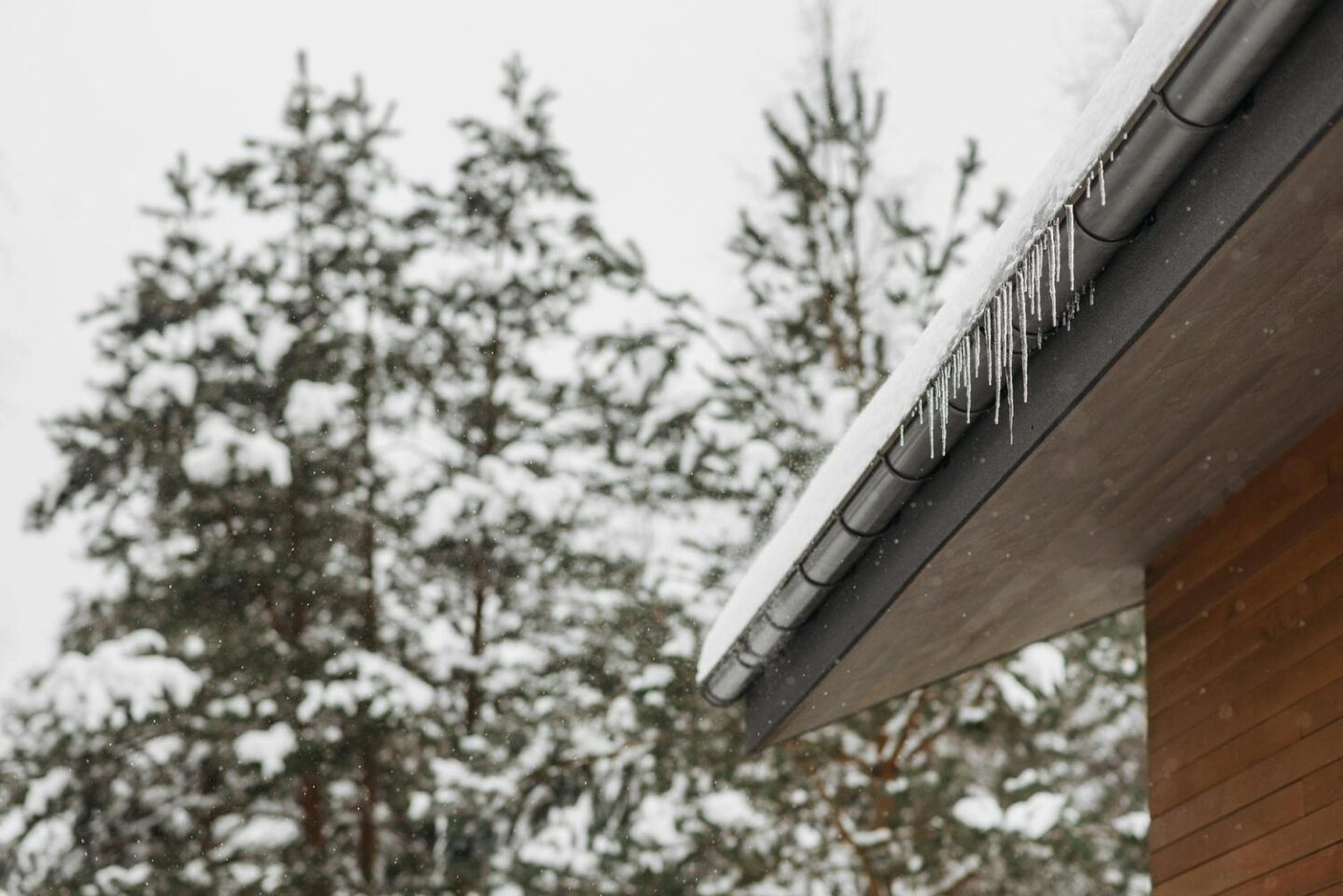Preparing for winter involves much more than buying some new boots!
To help you stay warm and save money at home throughout the colder months, there are a few proactive steps to start now. From upgrading your insulation to carrying out heating system health checks, you should start winter-proofing your home before the temperatures drop.
Here are four of the best ways to keep your property cosy and boost your energy efficiency this winter.
- Insulation and draught-proofing
A well-insulated home is key to keeping warm and minimising energy bills.
There are different types of materials required in different parts of a property, from loft to cavity wall insulation. Uninsulated homes lose a quarter of their heat through the roof, so upgrading your installation now could save you money and keep things cosy.
Draught-proofing the windows is also something you should spend some time doing before it gets too cold. You can do this by using affordable strips applied around the window frame to fill any gaps. These self-adhesive strips might not last as long as professional brush or wiper seals, however.
- Check the roof, gutters and drains
Roof maintenance might not be obvious on first impression, but problematic gutters and damaged tiles could lead to serious damage from leaks.
The consequences of water damage are more severe in winter, since it takes longer for properties to fully dry out. Before the season turns, try to inspect your roof for loose or missing tiles.
Arrange for any blocked gutters to be professionally cleaned, and make sure that your drains are clear. For extra peace of mind, having a home insurance policy could keep you covered against unexpected damage in winter.

- Service your boiler and heating systems
Before the winter sets in, it’s worth having your boiler serviced, repaired, or even replaced. This will help you to avoid breakdowns during colder periods, which could leave you without hot water and heating when you need it most!
An annual boiler service is something that every household should arrange, and this should only be performed by a qualified plumber or Gas Safe engineer. However, there are certain checks you can carry out yourself.
Learning how to bleed radiators means you can help to maintain ideal pressure levels in your heating system. Additionally, using a smart thermostat helps you to monitor your energy use and adjust as required.
- Prepare for power cuts
Finally, keeping your home and your family prepared means that you won’t need to panic in the event of a power cut. Storms, low temperatures and other adverse conditions in winter can trigger localised power outages.
We’d recommend keeping hold of the following supplies:
- Emergency, battery-powered lighting
- Portable chargers
- Warm blankets
- Firewood and fuel
- Long-life food and bottled water
If extended power cuts are commonly reported in your area throughout winter, it’s worth keeping a backup generator and a gas stove too. That way, you can maintain a sense of routine until the electricity supply is restored.
With some careful preparation and a calm, proactive approach, getting your home ready for winter is simple. This means saving time, money, and valuable resources once the season sets in. Time to cosy up and stay warm!
